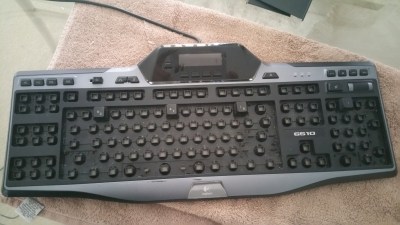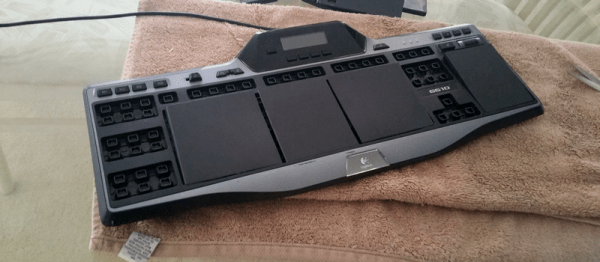Dedicated pedal switches for your computer can be really expensive. Keyboards on the other hand, despite having way more buttons, are dirt cheap! What if you could use a keyboard to build a pedal board? This hack is so simple, it’s almost ingenious.
[Shrodingers_Cat] took one of his spare keyboards,  a rather nice Logitech G510 gaming keyboard, and pulled all the keys out except for four. You can do this with a flat head screwdriver quite easily — it’s also rather satisfying sending keys flying with each flick of the blade.
a rather nice Logitech G510 gaming keyboard, and pulled all the keys out except for four. You can do this with a flat head screwdriver quite easily — it’s also rather satisfying sending keys flying with each flick of the blade.
He then cut up some spare DVD cases he had, and turned them into pedal covers. They’re actually just nested inside the keyboard — he added some electrical tape to make sure they stayed in place and put it under his desk for the first test — it works great!
Of course you could always make something like this with an Arduino and some scrap wood instead…
[via r/DIY]













